Why does your latte cost more nowadays?
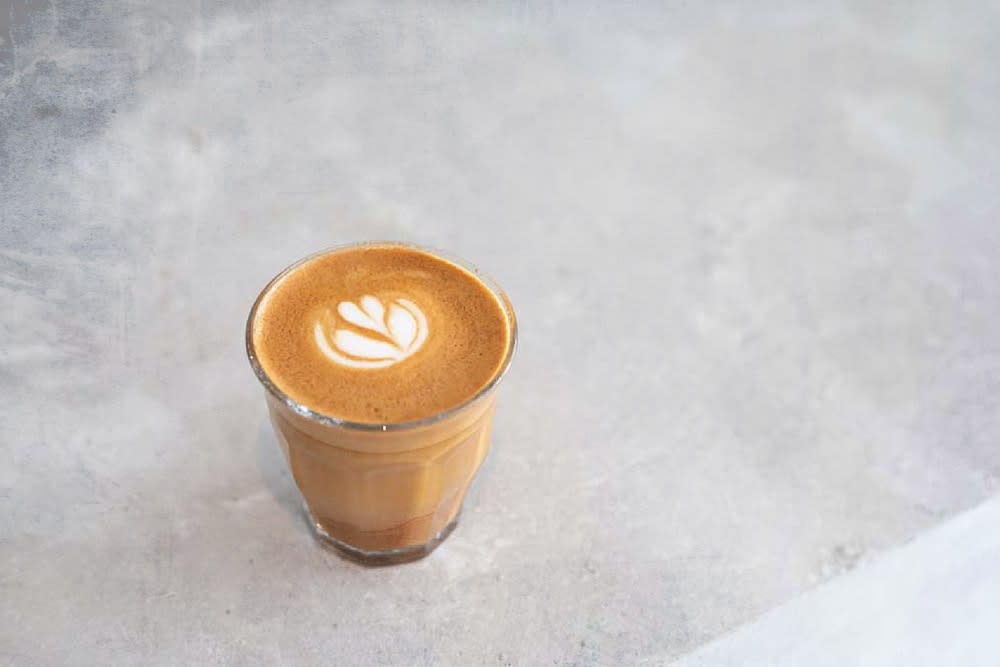
COMMENTARY, April 6 — “Why is coffee so expensive nowadays?”
This is a refrain I hear very often from my friends and family, in one variation or another.
At some cafés in KL, an espresso might cost RM13, a flat white RM14 and a latte a whopping RM16!
To put that in perspective, for the price of that one latte, I could have lunch and dinner at my neighbourhood mixed rice stall. But perhaps that’s comparing apples with oranges and not entirely fair. Suffice to say, prices everywhere have gone up, especially food prices.
Still that RM16 latte still haunts me — or my friends at least; I go to coffee shops where the coffees are easily RM2 to RM3 cheaper on average. This got me curious and I decided to investigate why our lattes have become so expensive.
Let’s begin with energy. Specifically rising fuel costs worldwide, which coupled with inflation, means everything just costs more.
But coffee is particularly susceptible to this. For most countries who aren’t coffee producers, their domestic coffee roasters have to import green beans from abroad.
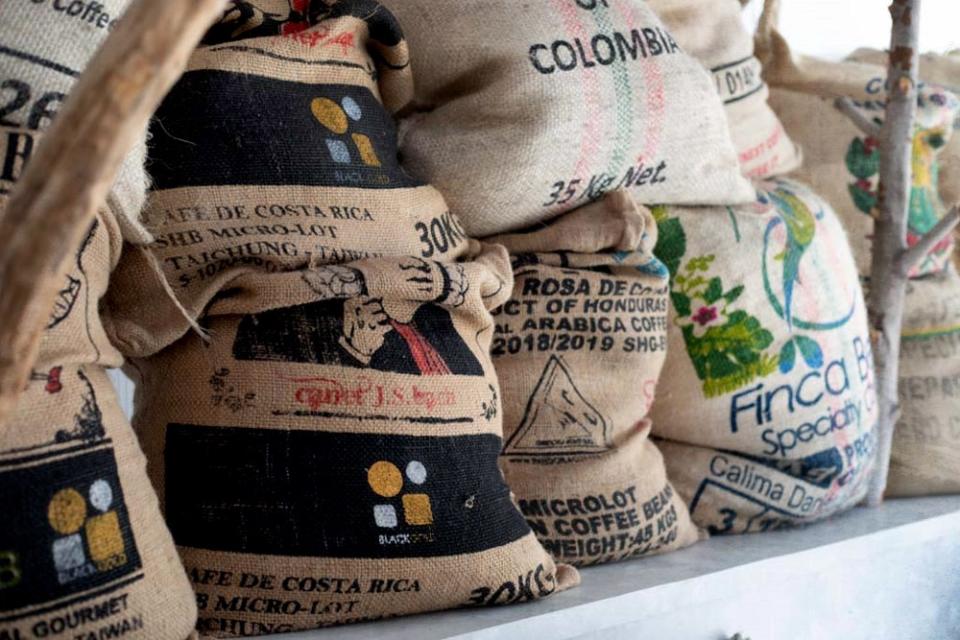
Raw or green coffee beans have to be shipped from other parts of the world to Malaysia.
Michael Tan, Wholesale Coffee Manager of JWC Roastery, explains that the Covid-19 pandemic and ongoing Ukraine war have resulted in many shipping companies increasing freight costs.
He says, “We must understand that the primary coffee-growing regions are South and Central America, Africa and South-east Asia. Therefore higher freight costs directly impacts the raw or green coffee beans that have to be shipped from other parts of the world to Malaysia.”
In Malaysia, we have a few specialty coffee producers such as Sabarica, a local producer that harvests and processes coffea arabica in Sabah (I was first introduced to them by Tan some years ago). However, by and large, we import most of our green beans for specialty coffee.
This means we are deeply impacted by shipping delays caused by increased demand by freight companies as well as limited availability of food grade containers.
Rising fuel prices only add to the transportation costs and the price of your daily cuppa.
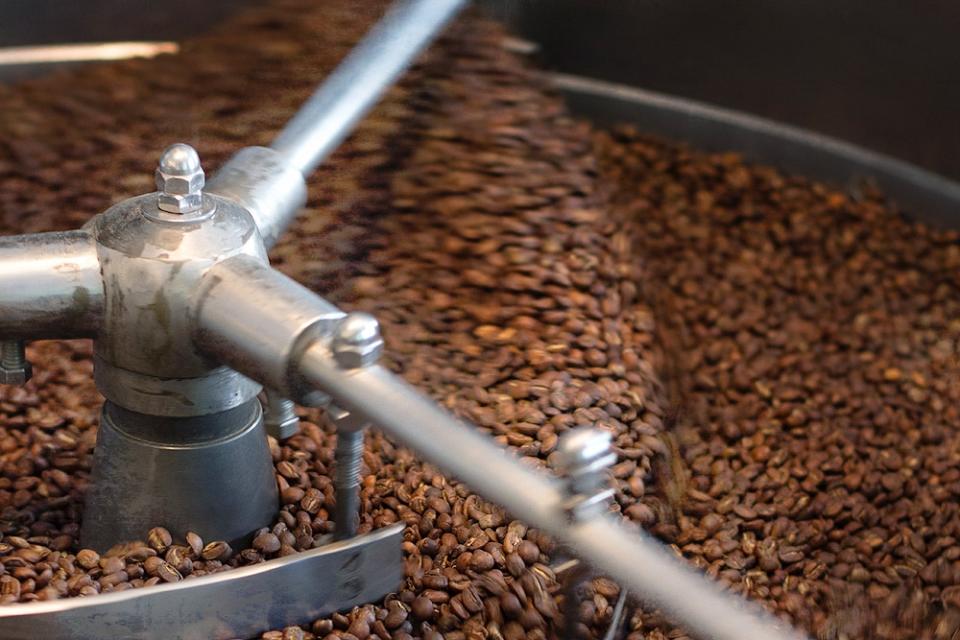
For specialty coffee, the beans need to score at least 83 points (cupping score) and above.
Then there are the labour costs. Tan, who used to work in Forty Hands Coffee in Singapore in his younger days, reminded me of the saying that from the moment a coffee seed is planted till the final cuppa reaches the customer, the entire process would have involved 40 pairs of hands — from the farmer to the barista.
Coffee is not immune to the devastating impact of climate change either. Natural disasters such as droughts in Indonesia and earthquakes in Haiti have ruined valuable coffee farms.
The plants themselves are fragile and the fruit require specific conditions — from lower temperatures to pest-free environments — to ripen properly.
Of course, let’s not forget that for many coffee drinkers what they drink these days is no longer commercial or commodity coffee but specialty coffee.
Loo Choy Leng, co-owner of Afloat Coffee Roaster in Bukit Jalil, notes that the coffee beans they use score at least 83 points (based on cupping score sheet) and above.
She explains, “As the coffee has better quality, taste performance or higher cupping score, usually it will come with a higher cost as well. Hence, we will need to look for a balance between a healthy margin in order to sustain the business.”
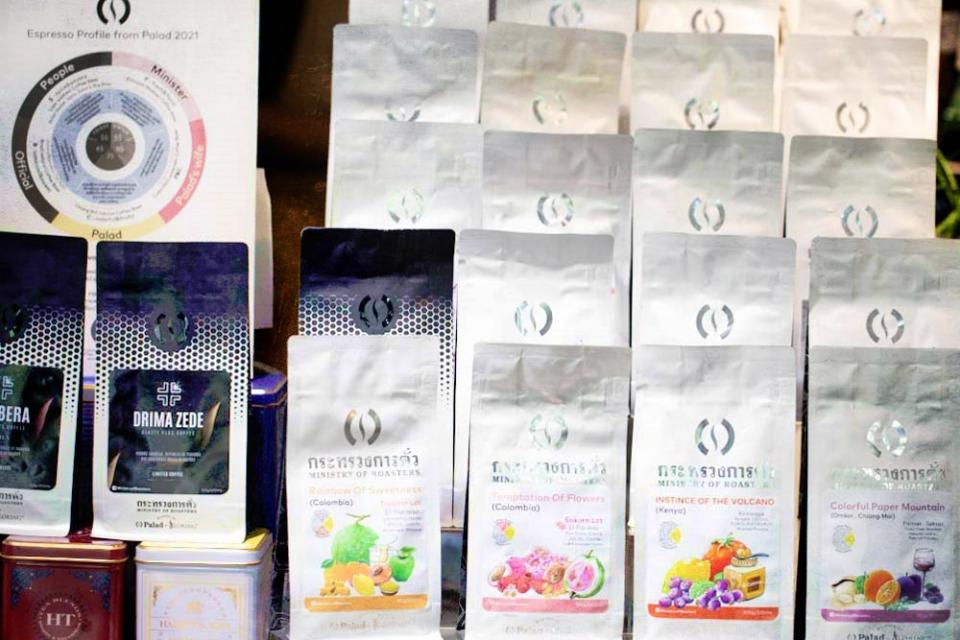
Not all beans that are sold are equal: specialty coffee costs more than commodity coffee.
In recent years, coffee processing methods at the source have also become more innovative — from anaerobic processes to carbonic maceration or even fruit maceration.
These new approaches involve different strains of bacteria and yeast in order to experiment and ferment the coffee — which inevitably contributes to the cost.
Loo’s partner Jimmy Leong adds, “That’s why we often explain to our customers the difference between specialty coffee versus commercial. Yes, both of the cups are coffee but the better quality speaks for itself.
"That’s why we strongly uphold our standards in sourcing good greens, roast it well and brew it well, so it doesn’t disappoint the customers who paid for the coffee.”
Finally, the costs at your local coffee shop have also increased. Everything we mentioned before — from inflation to higher fuel prices — affects your favourite café too.
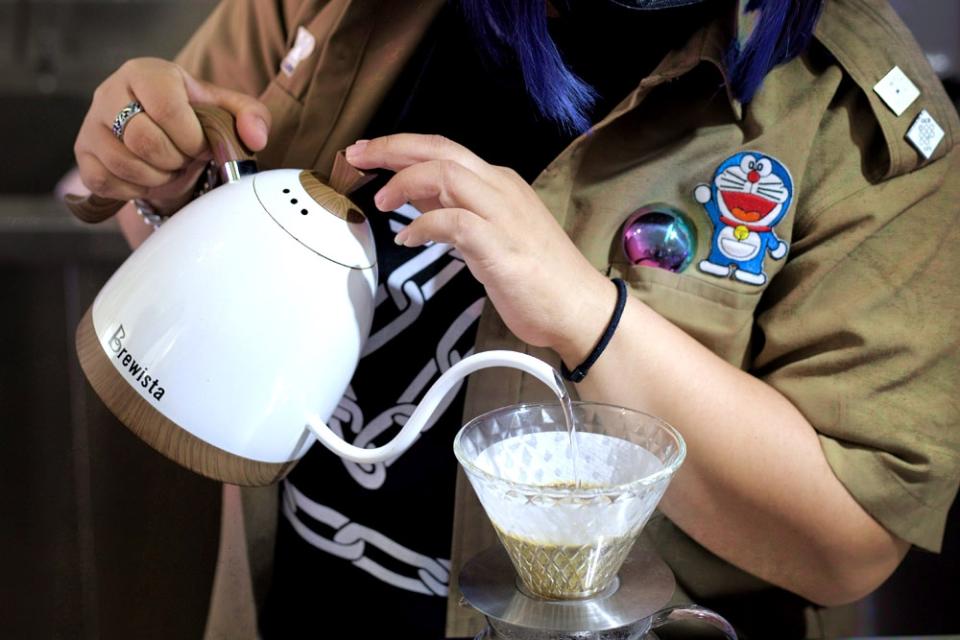
Labour costs, from farmers to baristas, are another factor.
There are the manpower costs (believe it or not, café owners have to pay their baristas a living wage), operational overheads (including rent, insurance and utilities), maintenance and repair of coffee brewing equipment, etc.
Even the price of milk — both dairy and plant-based alternatives like oat or almond — has gone up, which is why your latte might be a ringgit or two dearer than you remember.
All of which, while understandable, might not be a satisfactory answer to those who are still bemoaning that extra ringgit or two. Which might explain why some are turning to home brewing in lieu of buying their coffees from cafés (but that’s a story for another day).
If nothing else, the higher price might persuade us to take the time to really savour our coffee and be grateful for everyone who had a hand in making it, from the farmers to the baristas.
Enjoy your cuppas, my friends!
For more slice-of-life stories, visit lifeforbeginners.com.
* Follow us on Instagram @eatdrinkmm for more food gems.



